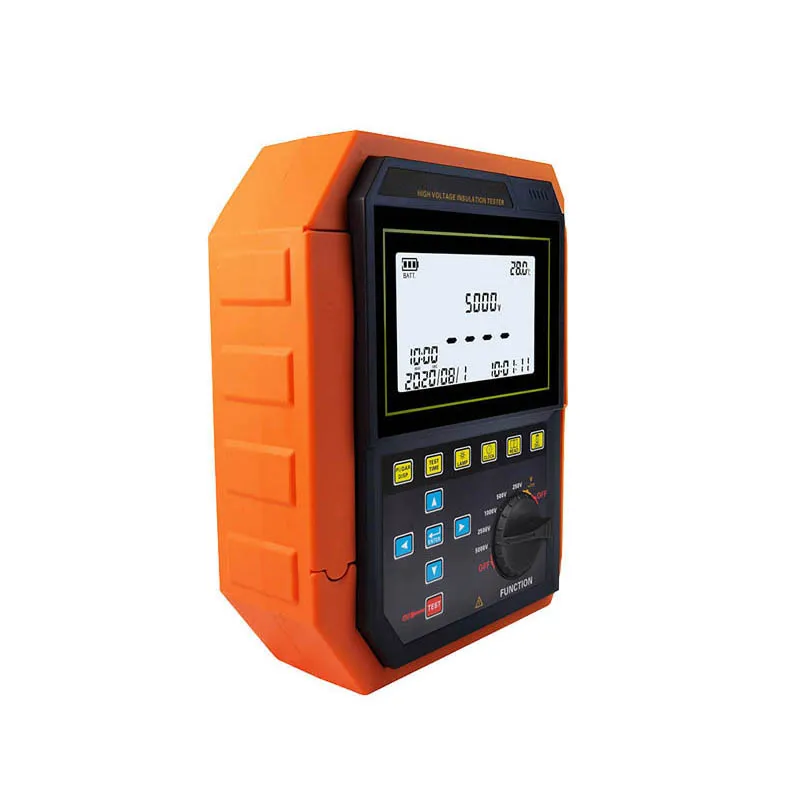 English
English


gas chromatography operation
Gas Chromatography Operation A Comprehensive Overview
Gas chromatography (GC) is a powerful analytical technique widely used for separating and analyzing compounds that can vaporize without decomposition. It has become an essential tool in various fields, including environmental monitoring, food safety, pharmaceuticals, and petrochemical industries. The operation of gas chromatography involves several key components and steps that work together to achieve effective separation and quantification of components in a mixture.
Gas Chromatography Operation A Comprehensive Overview
The column, packed with a stationary phase, plays a crucial role in the separation of compounds. The stationary phase can be a solid or a liquid coated onto the inner walls of the column. As the sample moves through the column, the different components interact with the stationary phase at varying degrees based on their chemical properties, such as volatility and polarity. This differential interaction results in the separation of compounds, allowing them to elute from the column at different times—known as retention times.
gas chromatography operation

After the separated components exit the column, they pass into the detector. Various types of detectors may be used in gas chromatography, including flame ionization detectors (FID), thermal conductivity detectors (TCD), and mass spectrometry (MS). Each detector operates on different principles, but they all serve the same primary purpose to generate a signal proportional to the amount of each compound present, which is then recorded as a chromatogram.
The chromatogram is a graphical representation of the detector response over time. Peaks on the chromatogram correspond to individual components in the sample, with their area or height directly related to their concentration. By comparing these peaks to those of standard calibration substances, quantitative analysis can be performed.
One of the significant advantages of gas chromatography is its high resolution, allowing for the analysis of complex mixtures. Additionally, it is a fast and efficient technique, providing results in a relatively short period. However, it is essential to note that GC is best suited for volatile and thermally stable compounds; substances that decompose upon heating or are non-volatile may require alternative analytical techniques.
In conclusion, the operation of gas chromatography involves a series of well-coordinated steps, from sample injection to detection and data analysis. Its efficiency and sensitivity make it a cornerstone methodology in analytical chemistry, contributing significantly to advancements in various scientific fields. As technology continues to evolve, gas chromatography is expected to enhance its capabilities further, broadening its application spectrum and improving analytical precision.
-
Differences between open cup flash point tester and closed cup flash point testerNewsOct.31,2024
-
The Reliable Load Tap ChangerNewsOct.23,2024
-
The Essential Guide to Hipot TestersNewsOct.23,2024
-
The Digital Insulation TesterNewsOct.23,2024
-
The Best Earth Loop Impedance Tester for SaleNewsOct.23,2024
-
Tan Delta Tester--The Essential Tool for Electrical Insulation TestingNewsOct.23,2024





